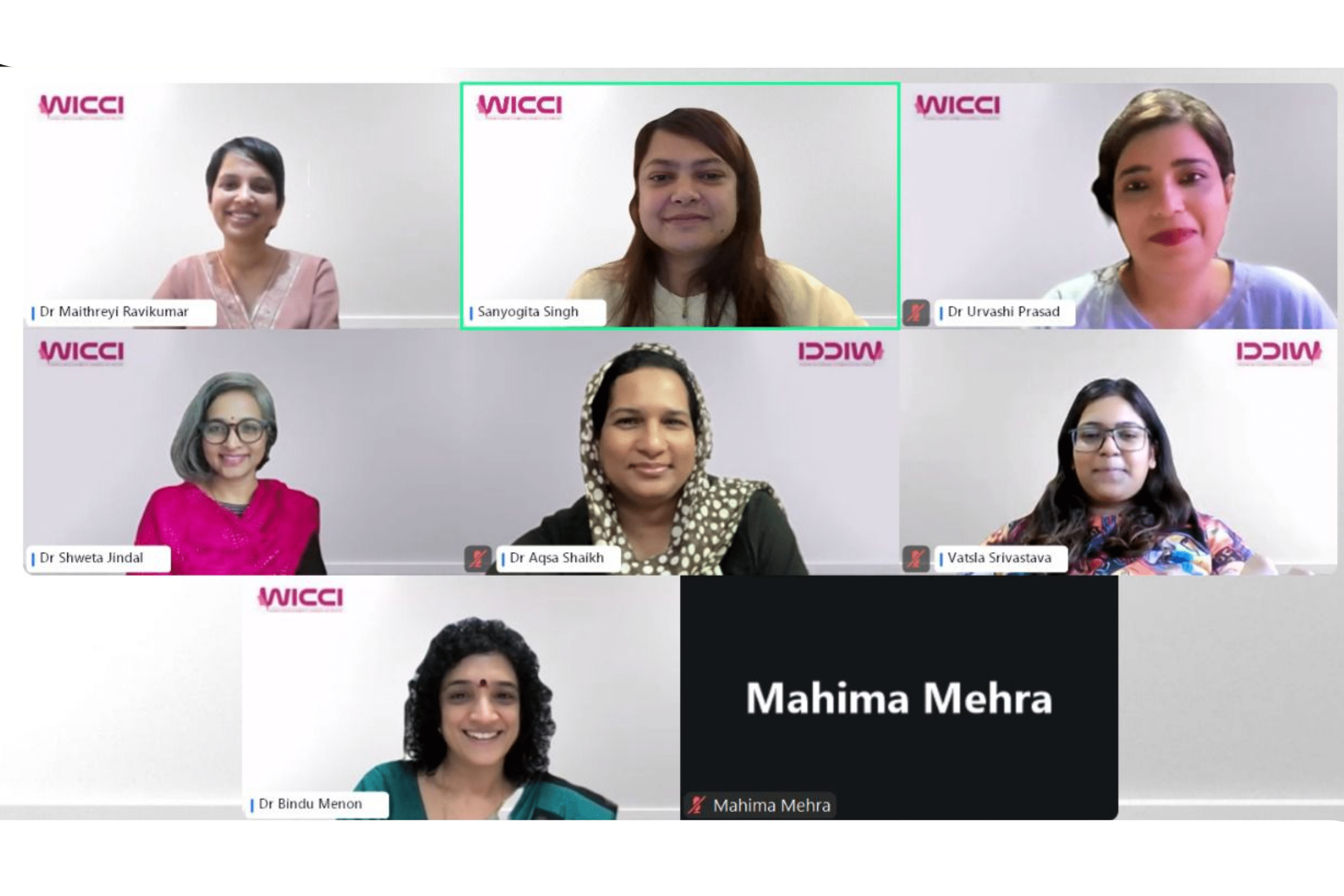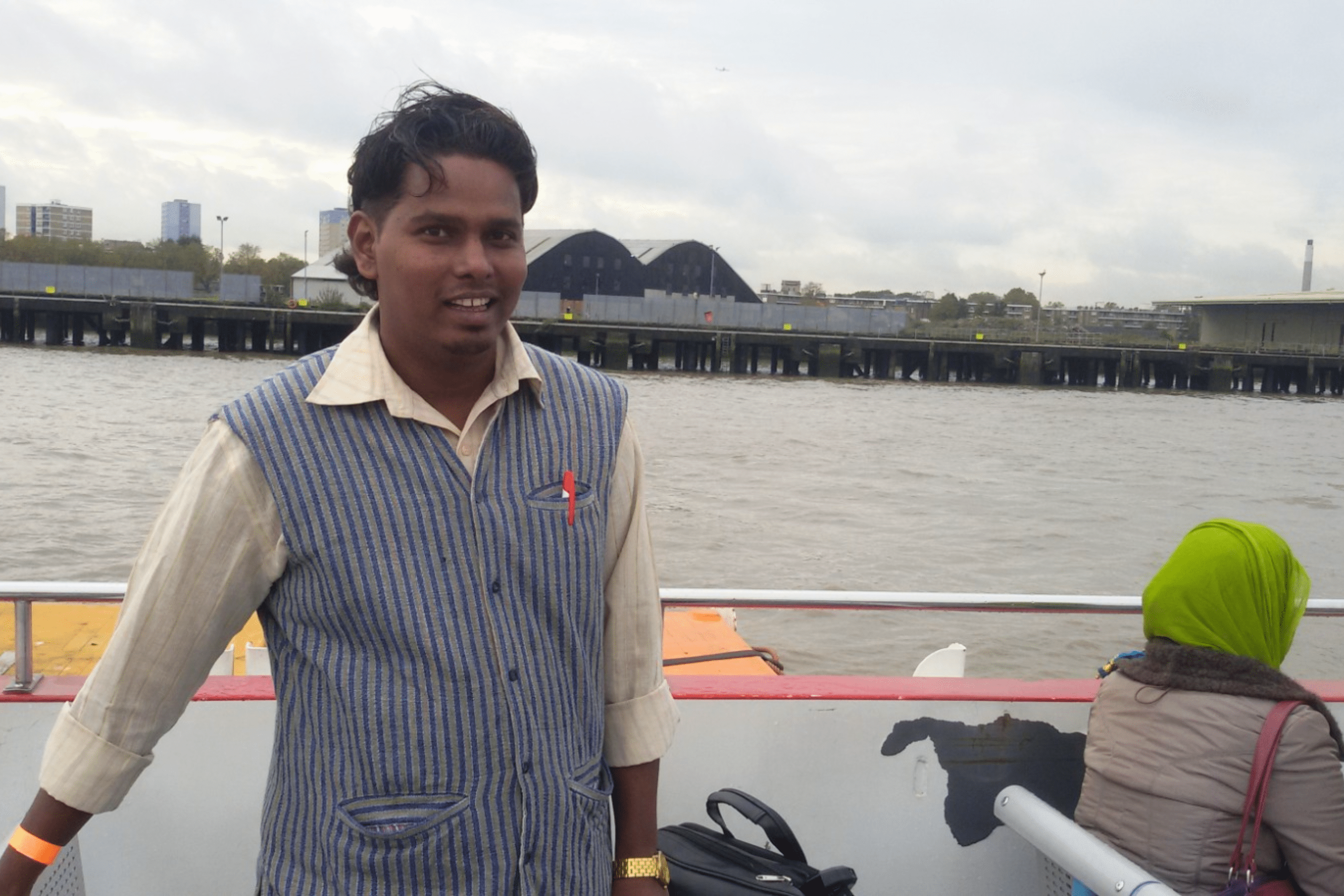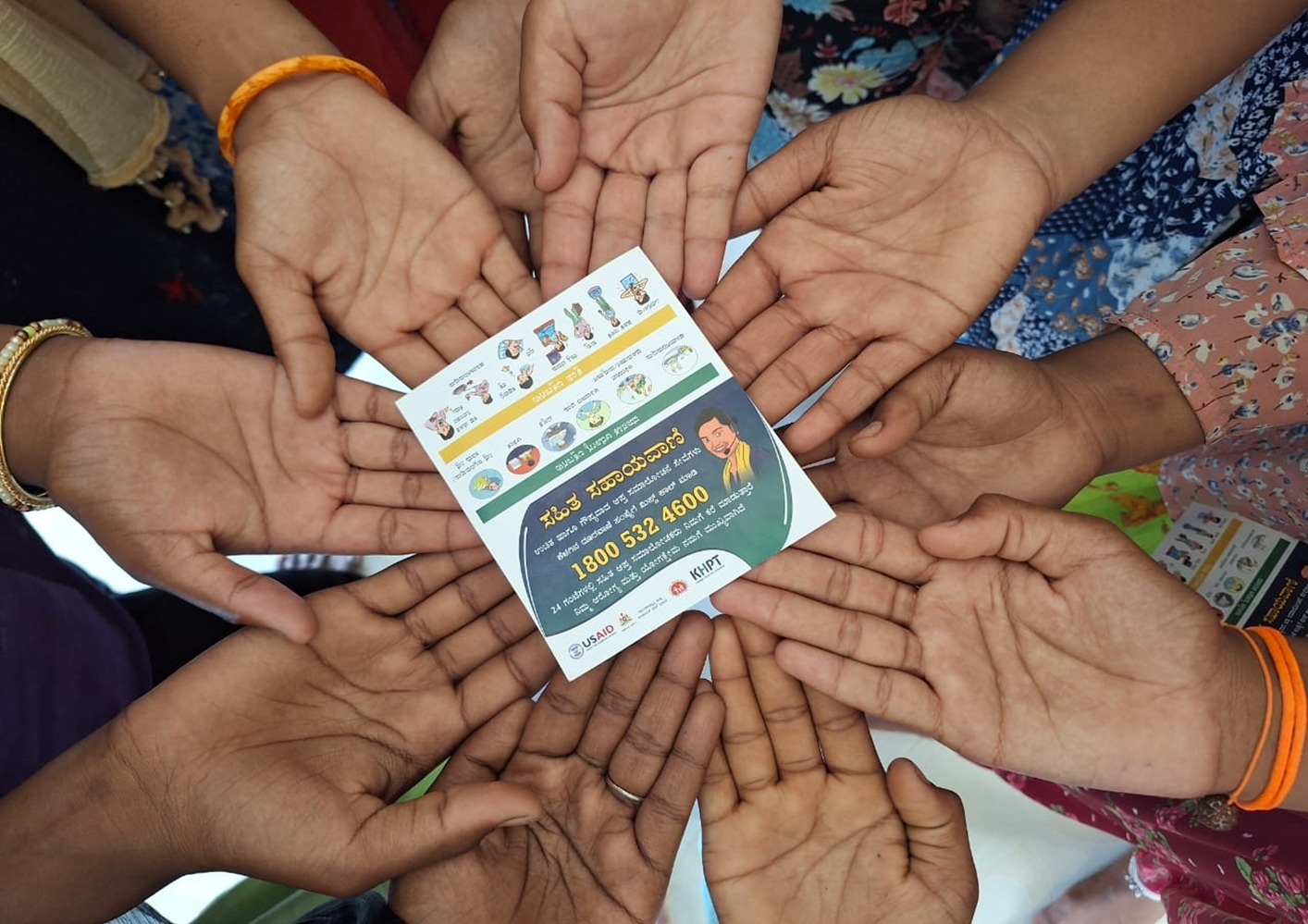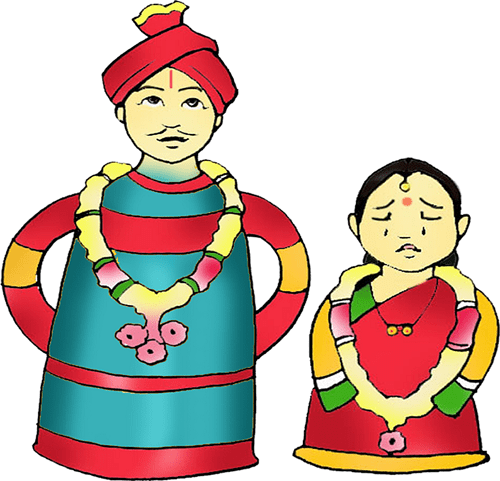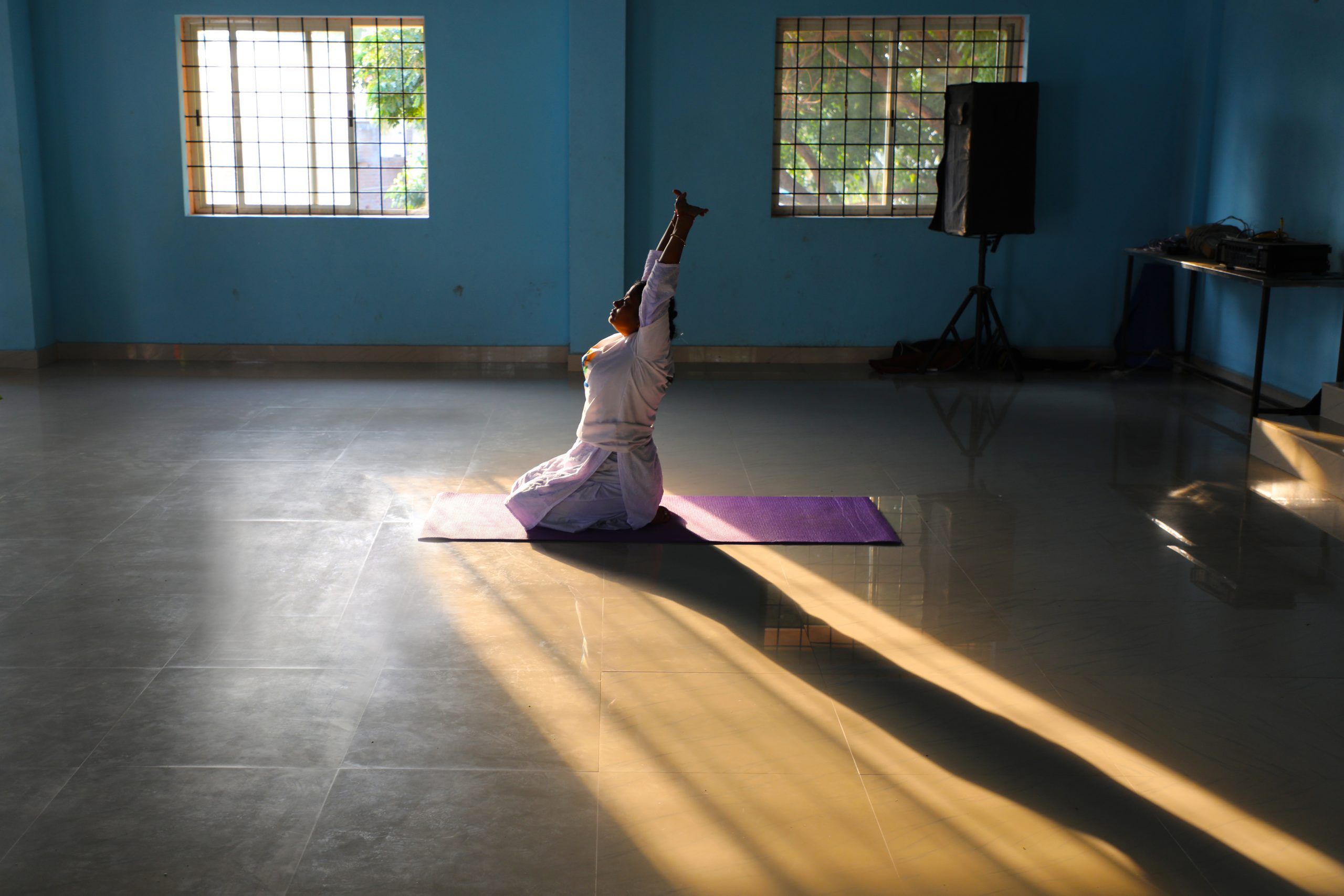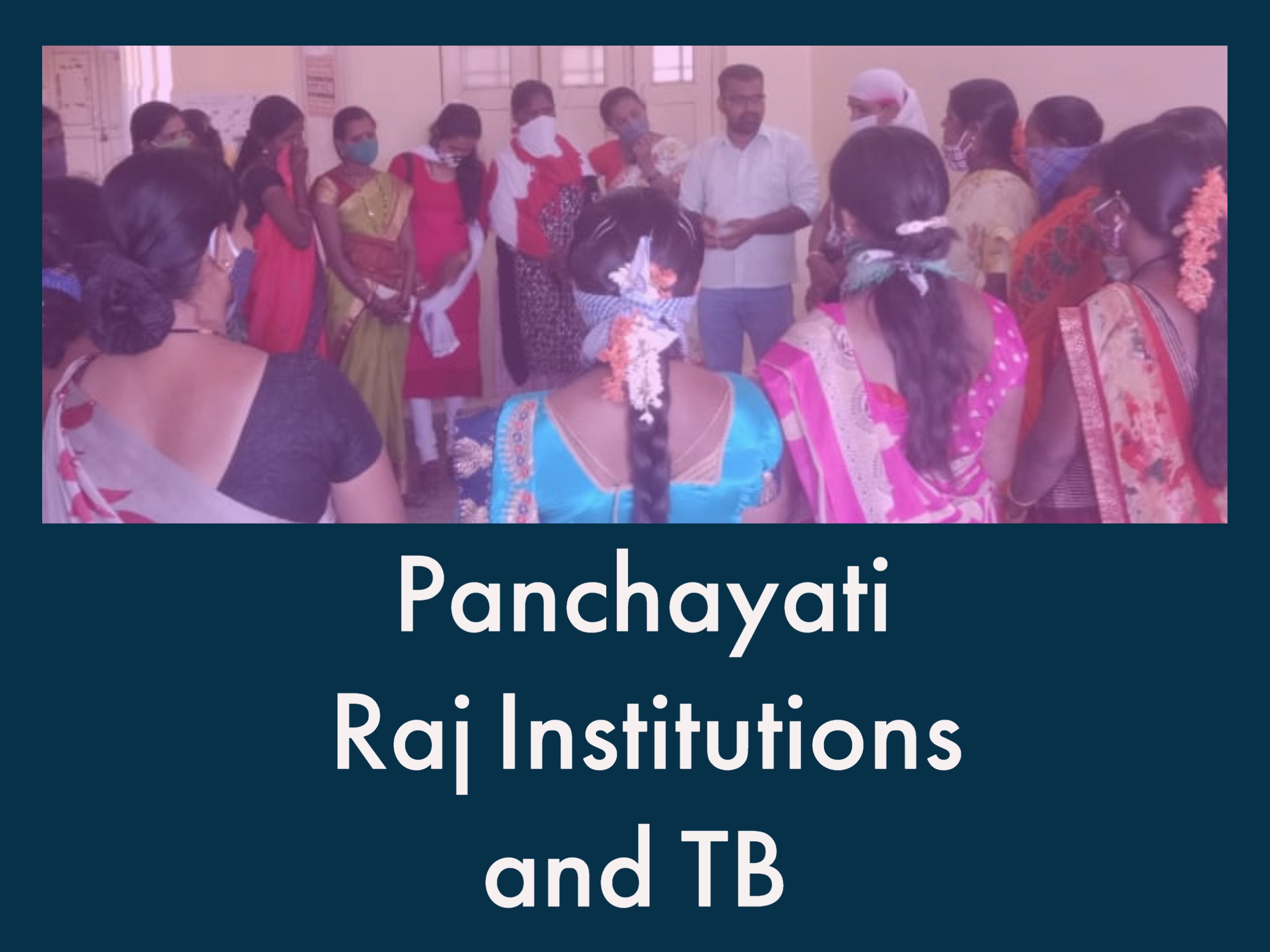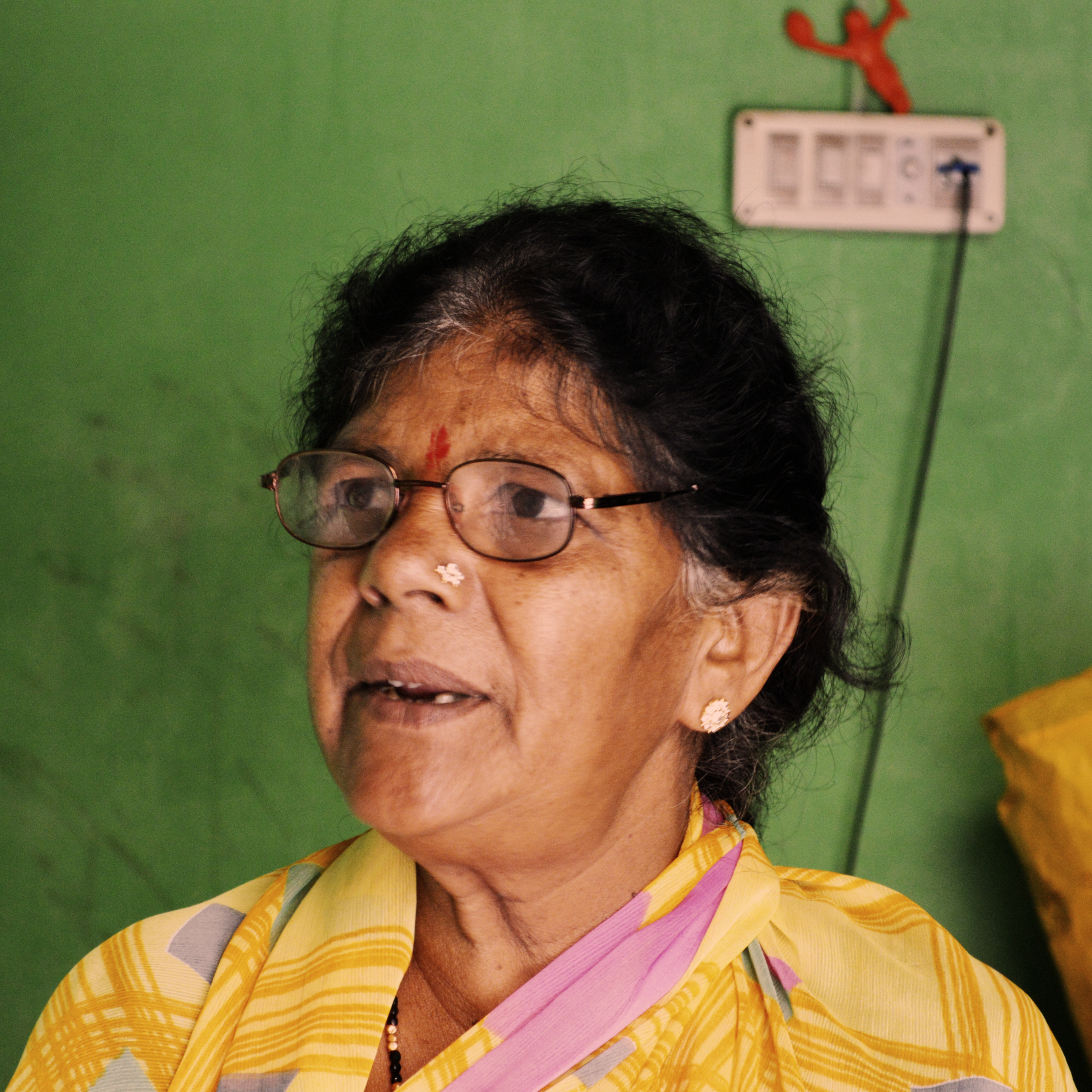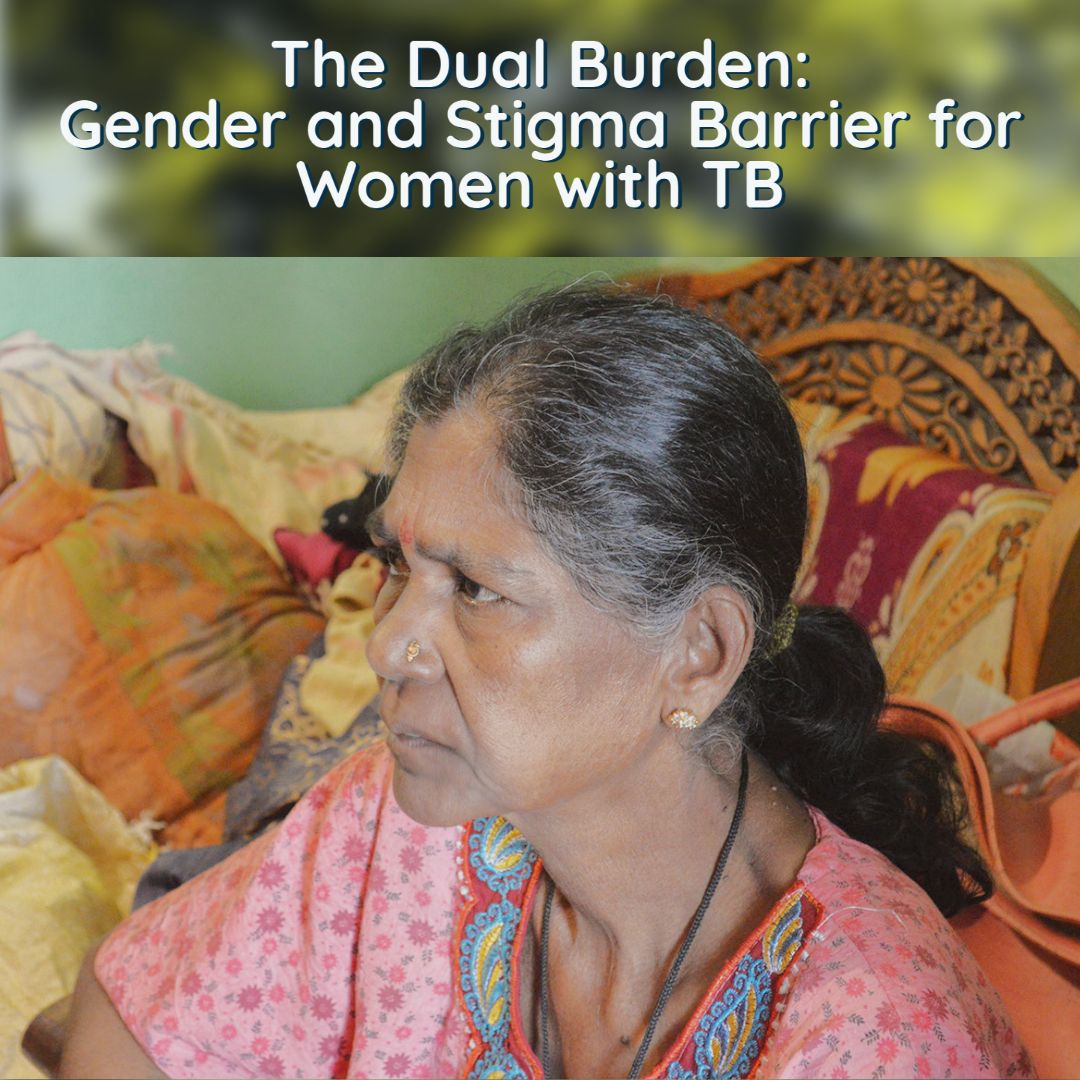By Avinaash Kastura
At home, I am frequently asked when I plan to visit Koppal next. My typical response is either to provide the specific dates or simply say that nothing has been planned yet. The mere mention of the word ‘Koppal’ brings a smile to my face, as my thoughts wander towards its spicy cuisine, secluded villages, its impressive fort, and the warm-hearted locals.
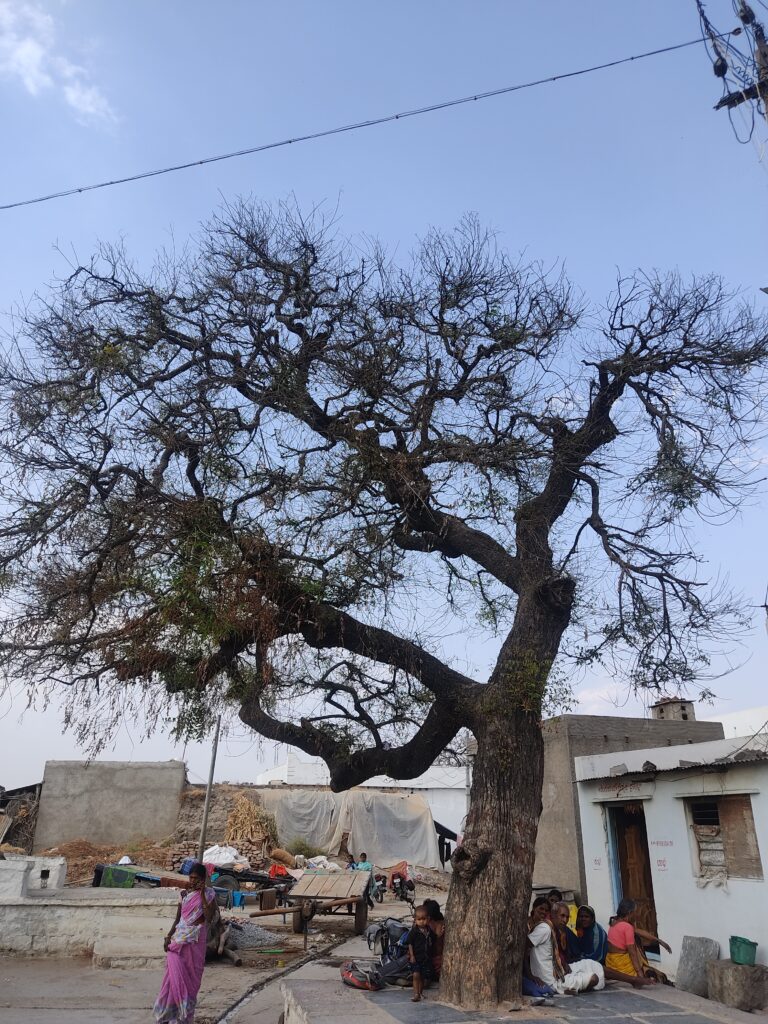
In August 2014, I went on my first work trip to Bellary and Koppal. Although I had heard of Bellary before, Koppal sounded strange; it seemed somewhat alien and unknown to me. As I tried to draw a mental map of what Koppal could be like, I couldn’t help feeling anxious. However, upon arrival, I discovered that the town was nothing like what I had imagined. I had imagined roads, buildings, and religious sites, but the reality was completely different. By the end of my visit, I realized that Koppal is more of a town rather than a city.
During my second visit in August 2021, I was nervous to be there after a seven-year gap. This anxiety spanned from hotel rooms to food to meeting new people. To ensure my comfort, I packed extra clothes and my toiletries bag which contained all the essentials, including headache, diarrhoea, and acidity medicines. As I have sensitive and dry skin, I made sure to carry moisturizer. Additionally, I was unsure if there would be toothpaste available, so I even packed a small tube of my preferred Colgate. To date, the red and white striped travel bag which contains all these essentials, is safely stored and is as valuable to me as my office bag.
When the Hampi Express from Bengaluru to Koppal chugged into the station, a sense of familiarity prevailed. As I stepped out of the railway station, my office driver greeted me with a warm smile and the car veered into a small road, before we hit the Gadag-Koppal highway. I very quickly noticed that Koppal town had transformed; there were newly constructed hotels, restaurants, and large department stores that had sprung up along the highway.
Whenever I am requested to travel to Koppal, I go beyond the town’s boundaries. Because of my involvement in an empowerment project for adolescents – I frequently visit remote villages and tribal hamlets to engage with young girls and their families. These parts are characterized by picturesque near-typical rural landscapes – with lush green farms, grazing cows, farmers caring for their crops, and villagers casually strolling about. The Kannada accent is a bit different and it took me a while before I could understand it completely.
People in rural areas grapple with multiple problems- abject poverty, caste-related vulnerabilities, unemployment and ever-increasing environmental insecurity due to Climate Change. The younger generation, especially adolescent girls are at a higher risk of being affected due to these factors. Child marriages, school dropouts, early pregnancies, gender-based violence and malnutrition rob them of a normal life. Despite these issues, they yearn for a better life and aspire toward a better future every day. I am constantly inspired by their resilience and sheer perseverance and believe that with their empowered minds, they will capably achieve their goals.
I consider the ground staff to be my teachers. Many of them are from local villages and are familiar with local issues. Through meetings and discussions with them, I gain a deeper understanding of the social, cultural, and economic conditions of Koppal. As a result, I am more sensitive to issues and interact with the villagers more carefully.
When visiting Koppal, I never forget to indulge in the delicious food. The sorghum rotis are served with brinjal curry, green pulses, and the famous shenga holige (sweet rotis made of peanuts and jaggery) with a dollop of ghee to top off an immensely satisfying meal. This power-packed meal is sufficient to carry me through the day. Another favourite local food is mandakki (puffed rice served with onions and masala) which is a perfect snack during tea time. No matter the schedule during these field visits, I simply must eat a plate of mandakki before I leave for Koppal station and return to Bengaluru.
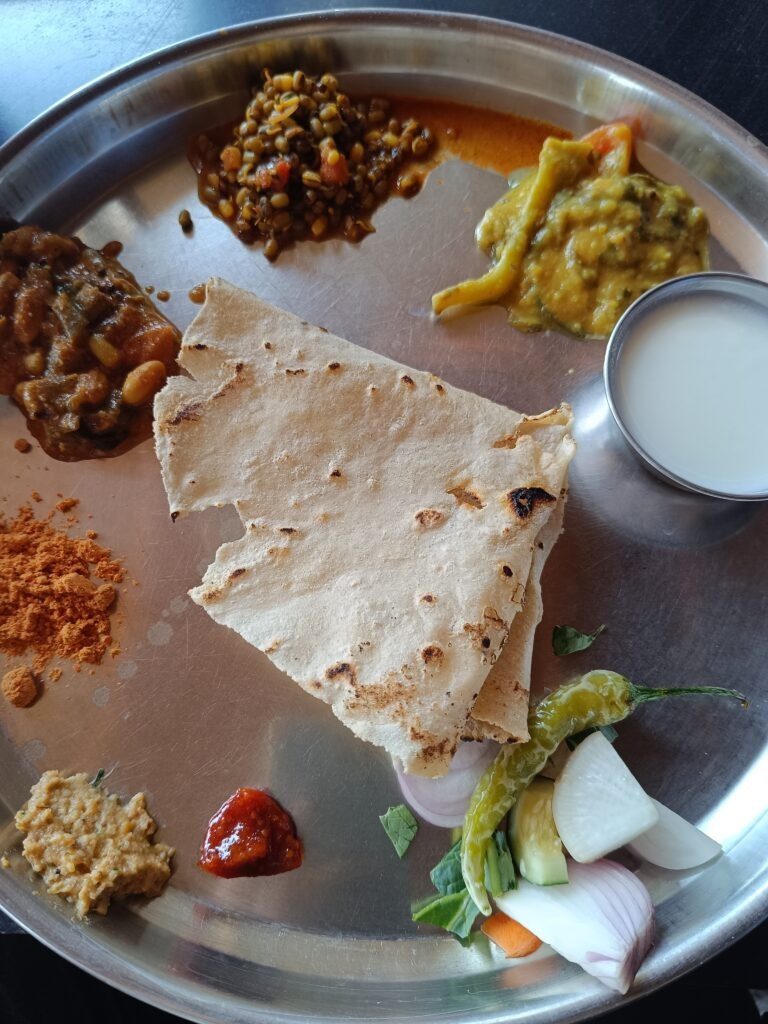
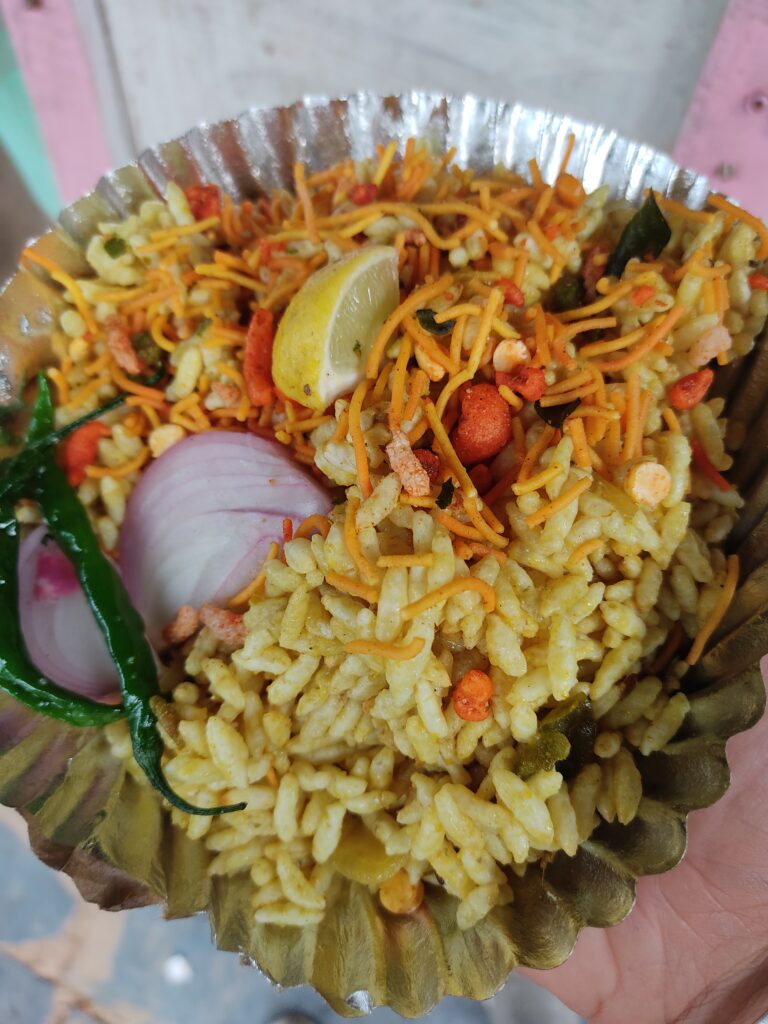
That I would have to visit villages for work, had never occurred to me. Not even in my wildest dreams. But now, it is the stuff that dreams are made of – it’s fascinating to learn how rooted villagers are to their culture, food habits, and farms. Even though many villagers are not economically strong, they welcome you into their homes with open arms when you visit them. Every visit teaches me to be grounded, and respectful towards people regardless of their caste, creed, religion, or profession. I always look forward to more trips to Koppal.
After all, Koppal now feels like home. My second home.
